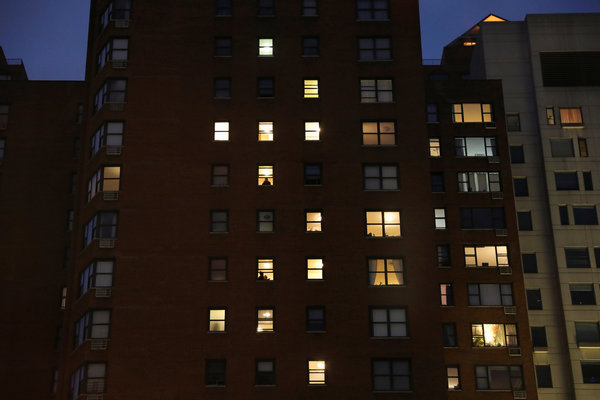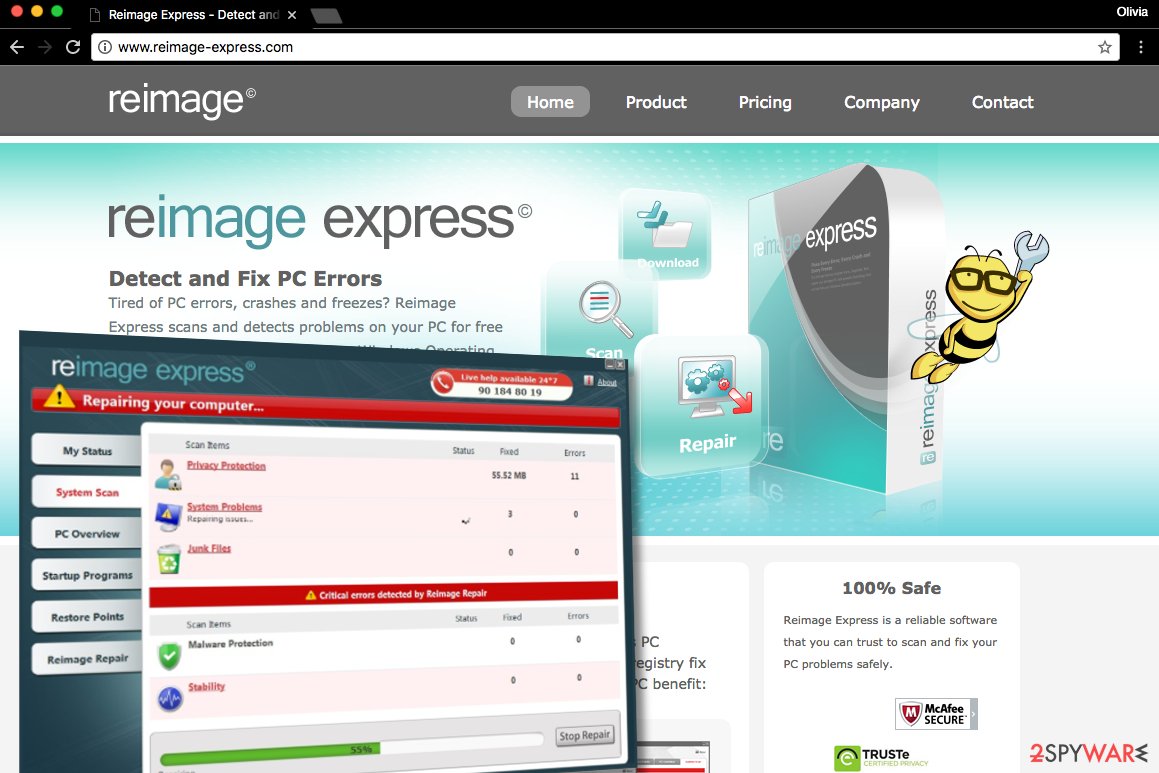
- #HOW TO GET TOTALLY FREE REIMAGE CLEANER 2017 INSTALL#
- #HOW TO GET TOTALLY FREE REIMAGE CLEANER 2017 PC#
- #HOW TO GET TOTALLY FREE REIMAGE CLEANER 2017 DOWNLOAD#
- #HOW TO GET TOTALLY FREE REIMAGE CLEANER 2017 MAC#
- #HOW TO GET TOTALLY FREE REIMAGE CLEANER 2017 WINDOWS#
Find Reimage in the list of installed programs and double-click it to begin the uninstall process.ġ.
#HOW TO GET TOTALLY FREE REIMAGE CLEANER 2017 WINDOWS#
Right-click Windows start menu and select Programs and Features or open the start menu and go to the Control Panel and click Uninstall a program.Ģ. Remove Reimage and leftover threats with HitmanProĥ. Remove Reimage and other threats with MalwarebytesĤ. Remove Reimage extensions from your browserģ.

The removal guide on this webpage can help you completely remove Reimage, pop-up ads that promote the program, and third-party malware from your computer. In order to remove Reimage ads you will need to eradicate the adware causing them. The advertisements are not caused by the publisher, but from a third-party ad-serving program. Adware like DNS Unlocker will serve you pop-up advertisements for Reimage Repair in your web browser. The Reimage Repair program is still detected by Antivirus and Anti-Malware products as a potentially unwanted program or Win32 threat.įurthermore, some adware will show you Reimage advertisements.

The results of the overhaul have yet to be entirely seen. It seems that Reimage is trying to allegedly clean-up their act and get become a real player in the internet security field. They also tell us that Reimage is now Whitelisted by ALL major AV with the odd false positive popping up periodically which we found to be possible. The programs they mentioned still detect Reimage Repair as a threat. Reimage tells us that they have recently started working with Malwarebytes, McAfee, Symantec and Microsoft and have undergone a massive compliance overhaul in order to make their Reimage Repair program better However, after we told them we will look into this they retracted their statement. Reimage is detected by reputable Antivirus and Antimalware products such as Malwarebytes and HitmanPro as a potentially unwanted programs (PUPs). The program will play audio during the scan and attempt to persuade you from closing it. Once the program is installed it will scan your computer even if you ask it not to. Older products that are no longer in circulation include Reimage Smartbar, Community Smartbar, Customized Web Search, and others.
#HOW TO GET TOTALLY FREE REIMAGE CLEANER 2017 PC#
You can find the app, titled Chromebook Recovery Utility, in the Chrome Web Store (download link below).Reimage is the publisher of multiple computer security programs, including Reimage Repair (also known as Reimage PC Repair Online). That's why you need a version of Chrome running somewhere other than the laptop you want to restore.
#HOW TO GET TOTALLY FREE REIMAGE CLEANER 2017 DOWNLOAD#
Wait, what app? Well, unlike installing a clean copy of Windows or macOS, you need to download an official Google app to make the recovery media. Note: You cannot make recovery media from the Chromebook you want to reinstall Chrome OS on.
#HOW TO GET TOTALLY FREE REIMAGE CLEANER 2017 MAC#
#HOW TO GET TOTALLY FREE REIMAGE CLEANER 2017 INSTALL#
You need to do a clean install of the Chrome operating system. If you're still encountering problems, you've run out of options. To Powerwash your Chromebook, click on your profile picture in the lower right-hand corner and navigate to Settings > Advanced > Reset > Powerwash. It's similar to the new Reset and Refresh functionality in Windows 10. It'll delete locally stored user data and restore the Chromebook back to its factory state, but it won't reinstall the operating system. The Powerwash is akin to hitting a factory reset button. Keep reading to find out how.īefore taking the drastic step of reinstalling the entire operating system, why not first see if the Powerwash feature can remedy the problem?

In any of these cases, you might need to completely reinstall the operating system. Perhaps you tried installing Linux and something went awry, maybe you went poking around in the Developer Mode and made an irreversible change, or perhaps you got unlucky and downloaded a Canary Build that crashed the system. More often than not, the cause can be traced back to the user. That said, things do still occasionally go wrong. You won't have to deal with the dreaded "blue screen of death," crashes, viruses, boot failures, or any of the other things that regularly go wrong on Windows, Mac, and the common Linux distros. As operating systems go, Chrome OS is arguably the most reliable of them all.


 0 kommentar(er)
0 kommentar(er)
